Cycling is all about efficiency, speed, and comfort, and one of the best ways to enhance all three is by upgrading to aero bars. Whether you're a competitive triathlete, a long-distance rider, or simply looking to improve your performance, aero bars can transform your cycling experience.
Trifoxbike.com offers a range of high-quality carbon bike handlebars, including aero bars, designed to help you ride faster and smarter. Here’s why you should consider making the switch.
What Are Aero Bars?
Aero bars, or triathlon bars, are handlebar extensions that allow riders to adopt a more aerodynamic position. By positioning your arms closer together and lowering your torso, aero bars reduce wind resistance, which is one of the biggest obstacles to speed. This streamlined posture can significantly improve your efficiency, especially during long rides or races.
Benefits of Aero Bars
1. Increased Speed: The primary advantage of aero bars is their ability to cut through the wind. By reducing drag, you can maintain higher speeds with less effort, making them a game-changer for time trials and triathlons.
2. Improved Comfort: Aero bars provide an additional hand position, reducing strain on your wrists, shoulders, and back during long rides. This can help prevent fatigue and keep you riding longer.
3. Better Power Transfer: The forward-leaning position engages your core muscles, allowing for more efficient power transfer from your legs to the pedals.
Why Choose Carbon Aero Bars?
Carbon fiber aero bars, like those available at Trifoxbike.com, offer the perfect balance of strength, stiffness, and lightweight performance. Carbon’s natural vibration-dampening properties also enhance comfort, making it an ideal material for long-distance cycling. Plus, the sleek design of carbon aero bars adds a professional touch to your bike's aesthetics.
If you're ready to take your cycling to the next level, investing in aero bars is a smart move. Visit [Trifoxbike.com]to explore their selection of carbon bike handlebars and find the perfect fit for your ride. With improved speed, comfort, and efficiency, aero bars are the upgrade your cycling experience deserves. Don’t let wind resistance hold you back—embrace the aero advantage today!
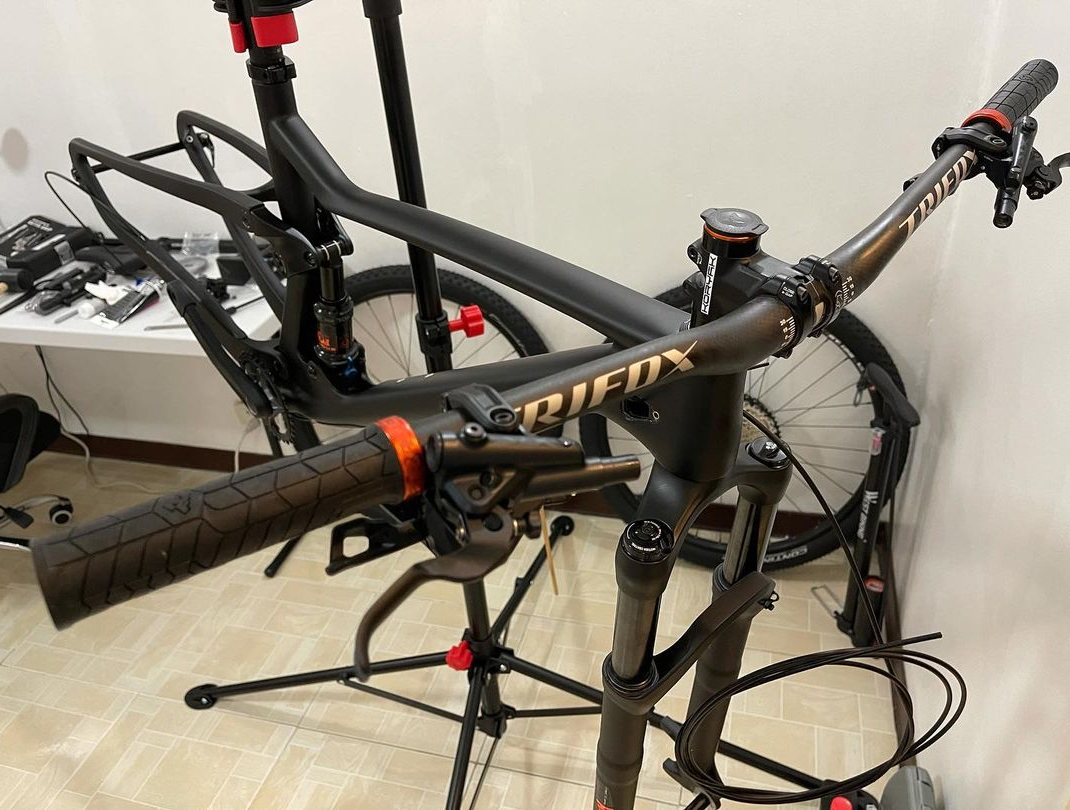
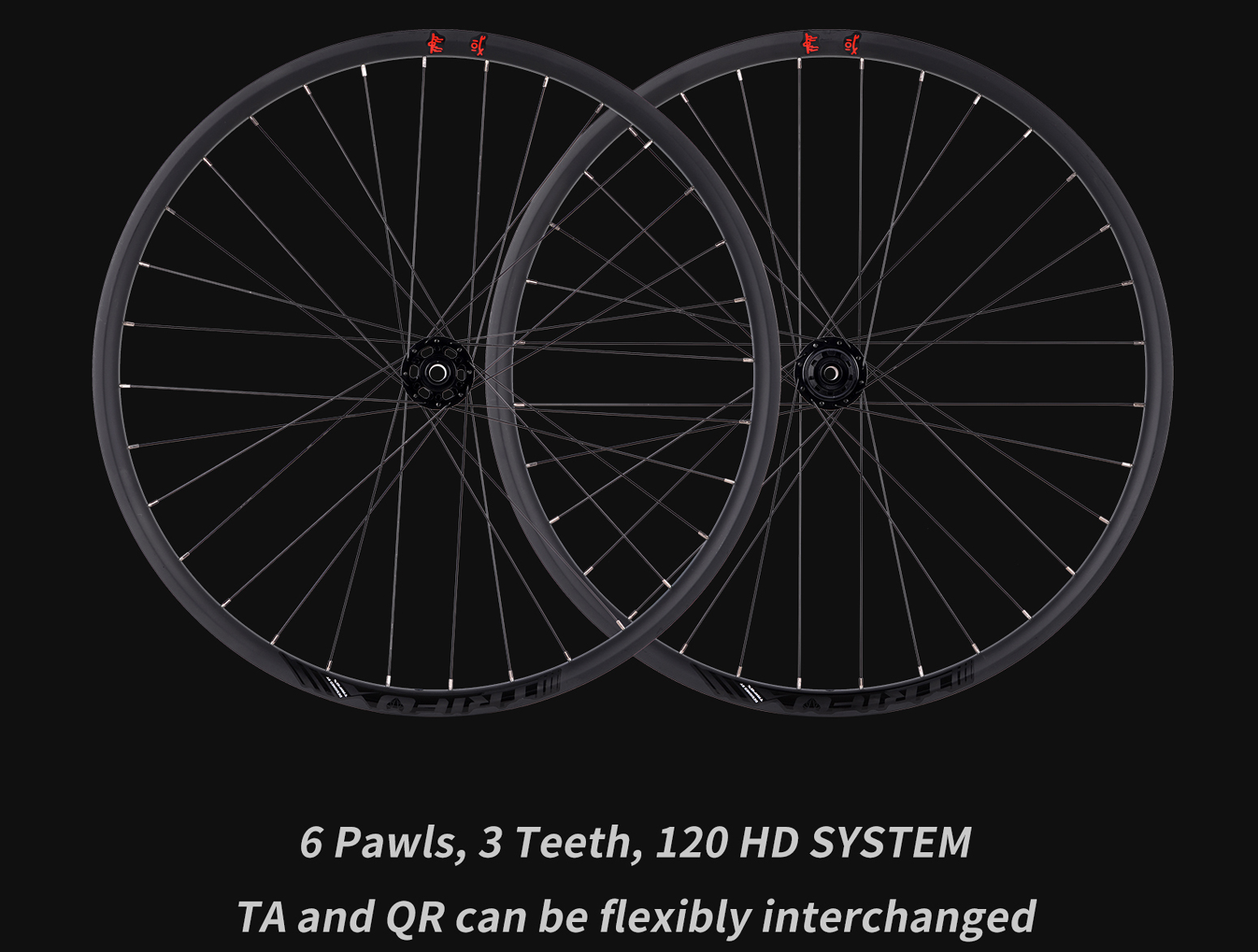
When it comes to cycling, every component of your bike plays a role in your overall experience, but few parts are as critical as the wheels. Bicycle wheels are not just round frames that keep you moving—they are the foundation of your ride, influencing everything from speed and efficiency to comfort and safety. So, are bicycle wheels important? Absolutely. Here’s why.
The Foundation of Motion
Bicycle wheels are the primary point of contact between your bike and the ground. They bear the weight of the rider, absorb shocks from the road, and transfer your pedaling power into forward motion. Without well-functioning wheels, your bike simply wouldn’t move efficiently—or at all. The design, material, and condition of your wheels directly impact how smoothly and quickly you can ride.
Speed and Efficiency
High-quality wheels can significantly improve your bike’s performance. Lightweight wheels, often made from materials like aluminum or carbon fiber, reduce rotational mass, making it easier to accelerate and maintain speed. Aerodynamic wheel designs further enhance efficiency by cutting through the air with minimal resistance. For competitive cyclists, investing in premium wheels can mean the difference between winning and losing a race.
Comfort and Stability
Wheels also play a key role in ride comfort. Larger wheels, such as those found on road bikes or hybrids, roll more smoothly over bumps and cracks, providing a more comfortable experience. The tires mounted on the wheels also contribute to comfort, but the wheel’s ability to maintain its shape and absorb vibrations is equally important. Properly tensioned spokes and a true (straight) wheel ensure stability, reducing wobbling and making the bike easier to control.
Safety and Durability
Your safety on the bike depends heavily on the condition of your wheels. A damaged or improperly maintained wheel can fail unexpectedly, leading to accidents. Regularly checking for issues like loose spokes, cracks, or dents in the rim is essential. Additionally, wheels designed for specific terrains—such as wider, sturdier wheels for mountain biking—provide better traction and durability, reducing the risk of slips or mechanical failures.
Customization and Versatility
Bicycle wheels are highly customizable, allowing riders to tailor their bikes to specific needs. Whether you’re looking for lightweight wheels for racing, robust wheels for off-roading, or puncture-resistant tires for commuting, the right wheels can transform your ride. Swapping out wheels can even change the entire feel of your bike, making it more versatile for different types of cycling.
Bicycle wheels are far more than just circular frames—they are the heart of your bike’s performance. From speed and efficiency to comfort and safety, wheels influence every aspect of your ride. Investing in high-quality wheels and maintaining them properly ensures a smoother, faster, and safer cycling experience. So, the next time you’re out for a ride, take a moment to appreciate your wheels—they’re doing the heavy lifting to keep you moving forward!

When it comes to cycling, many riders focus on components like the frame, gears, or brakes, often overlooking one of the most critical elements of a bike: the spokes. These slender, often underappreciated parts play a vital role in ensuring a smooth, safe, and efficient ride. Without properly functioning spokes, your bike’s performance would suffer, and your safety could be compromised. Here’s why bike spokes are so crucial to your ride.
The Role of Spokes in Wheel Structure
Spokes are the thin metal rods that connect the hub (the center of the wheel) to the rim. Their primary function is to distribute the weight of the rider and the bike evenly across the wheel. This distribution is essential for maintaining the wheel’s shape and strength, especially when encountering bumps, potholes, or other obstacles. Without spokes, the rim would collapse under pressure, making the bike unrideable.
Spokes also help absorb shocks and vibrations from the road. When you hit a bump, the spokes flex slightly, reducing the impact on the rider and preventing damage to the wheel. This flexibility is key to maintaining a comfortable ride, particularly on rough terrain.
Strength and Durability
A well-built wheel with properly tensioned spokes is incredibly strong. Spokes work together to create a tensioned structure that can withstand significant forces. This is why even lightweight wheels can support heavy loads without buckling. However, if one or more spokes are loose, broken, or improperly tensioned, the wheel becomes unbalanced, leading to wobbling, reduced efficiency, and even potential failure.
Regular maintenance of your spokes is essential to ensure their longevity and performance. Over time, spokes can loosen due to constant stress and vibration. Periodic checks and adjustments by a professional can prevent issues like spoke fatigue or wheel misalignment, which could otherwise lead to costly repairs or accidents.
Impact on Ride Quality
Spokes directly influence the ride quality of your bike. A wheel with evenly tensioned spokes rolls smoothly, reducing friction and improving efficiency. This means you can ride faster and with less effort. On the other hand, a wheel with loose or uneven spokes can cause wobbling, making the bike harder to control and increasing the risk of accidents.
Additionally, spokes contribute to the overall weight of the bike. High-quality spokes made from materials like stainless steel or carbon fiber are lightweight yet strong, enhancing the bike’s performance without compromising durability. For competitive cyclists, every gram counts, and optimizing spoke quality can make a significant difference in speed and agility.
Safety Considerations
Broken or damaged spokes can compromise your safety. A single broken spoke can throw the wheel out of balance, causing it to rub against the brake pads or frame. This not only makes the bike harder to ride but also increases the risk of a sudden wheel failure, which could lead to a crash. Regularly inspecting your spokes for damage and addressing issues promptly is crucial for maintaining a safe ride.
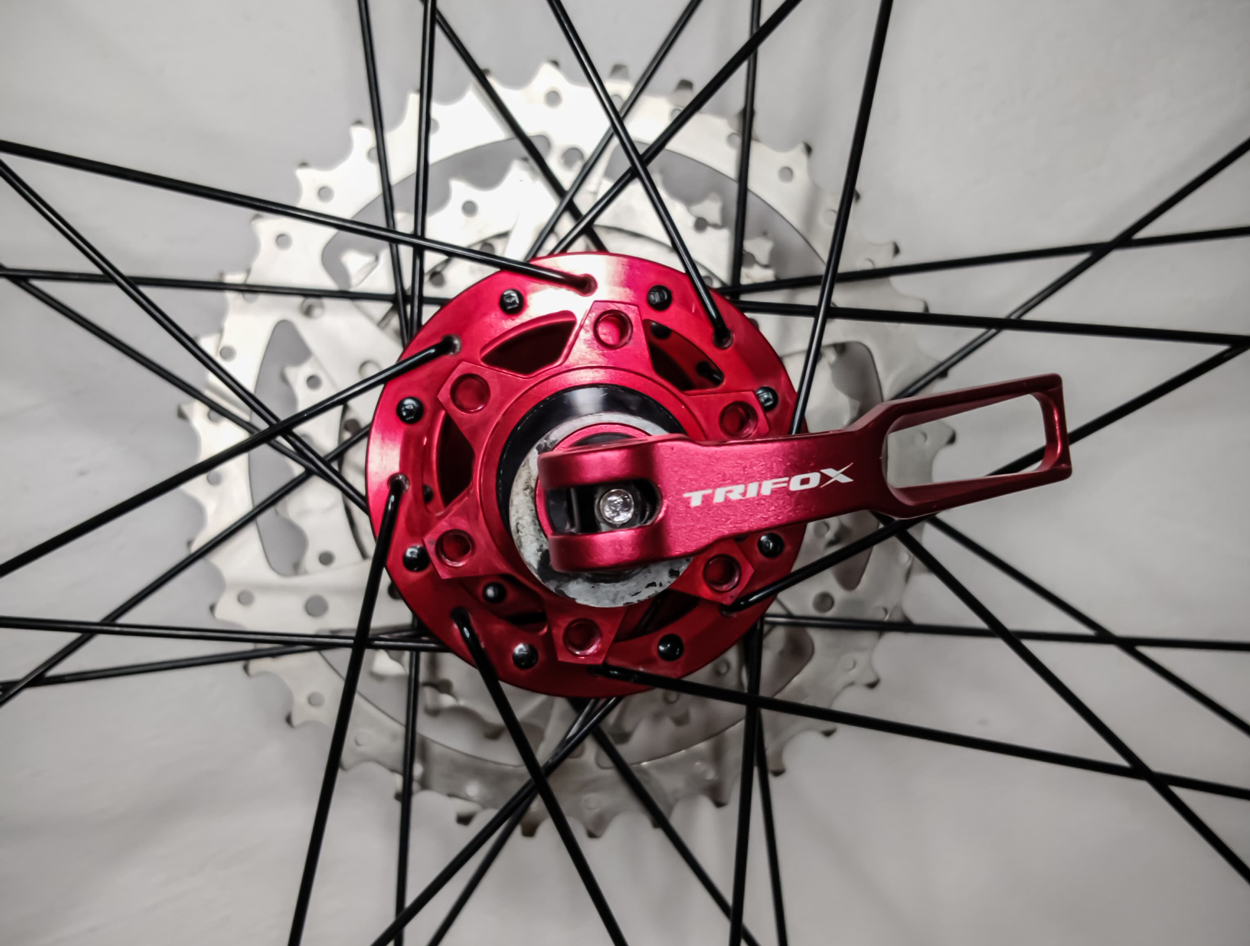
While bike spokes may seem like a small and insignificant part of your bicycle, they are, in fact, fundamental to its performance, durability, and safety. From maintaining the wheel’s structure to absorbing shocks and ensuring a smooth ride, spokes play a critical role in your cycling experience. By paying attention to their condition and ensuring proper maintenance, you can enjoy a safer, more efficient, and more enjoyable ride. So, the next time you hop on your bike, take a moment to appreciate the humble spoke—it’s working hard to keep you rolling!
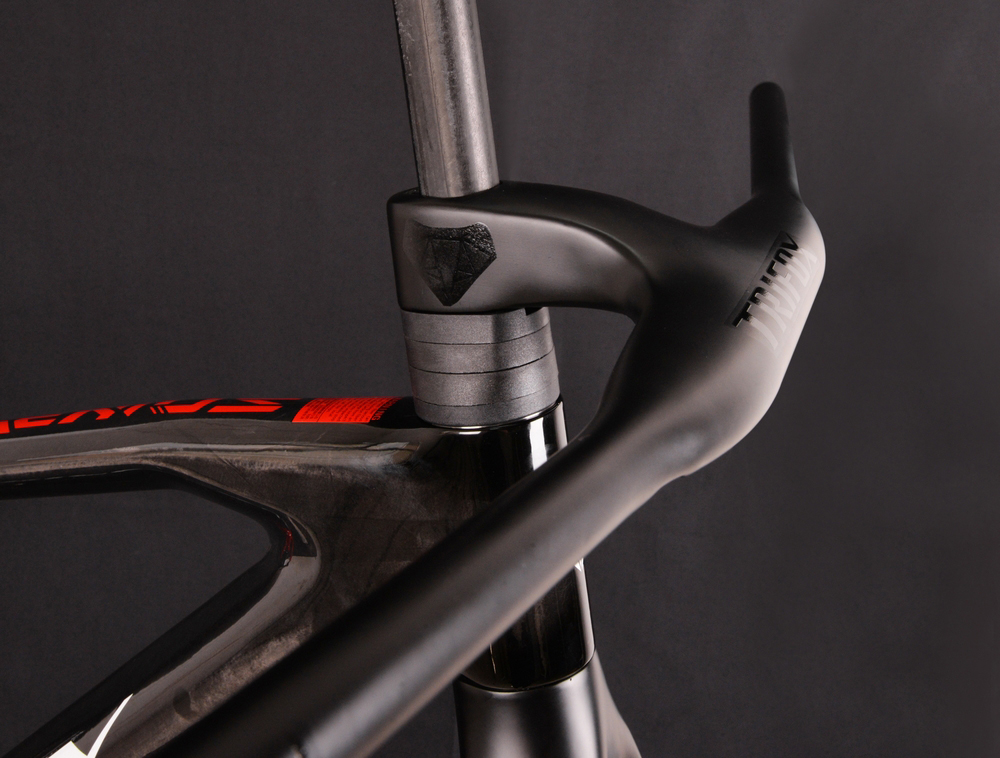
Choosing the right handlebar size is crucial for comfort, control, and performance on your bike. Whether you’re upgrading your current handlebars or building a new bike, knowing the correct size ensures a perfect fit. Here’s a guide to help you determine your bike handlebar size and why it matters.
Why Handlebar Size Matters
Handlebar size affects your riding posture, steering precision, and overall comfort. A handlebar that’s too wide or narrow can lead to discomfort, reduced control, and even fatigue during long rides. Finding the right size ensures optimal handling and a more enjoyable cycling experience.
Key Measurements to Consider
1. Width: Handlebar width is measured from end to end. Road bike handlebars typically range from 38cm to 46cm, while mountain bike handlebars are wider, usually between 680mm and 800mm. The ideal width depends on your shoulder width and riding style.
2. Diameter: Handlebars come in different diameters, with the most common being 31.8mm (oversized) and 25.4mm (standard). Ensure your handlebar diameter matches your stem clamp size.
3. Reach and Drop: For drop handlebars (common on road bikes), reach refers to the horizontal distance from the center of the bar to the brake hoods, while drop is the vertical distance from the top to the bottom of the bars. These measurements affect your riding position and comfort.
How to Measure Your Handlebar Size
1. Check the Current Handlebar: Look for markings or labels on your existing handlebar that indicate its size. If there are no markings, use a tape measure to determine the width and diameter.
2. Measure Your Shoulders: A simple way to estimate the ideal handlebar width is to measure the distance between the bony protrusions on the front of your shoulders. This measurement often correlates with the optimal handlebar width.
3. Consult Your Bike's Manual: If you're unsure, refer to your bike's manual or contact the manufacturer for specifications.
Choosing the Right Handlebar
When selecting a handlebar, consider your riding discipline and preferences. For example, wider handlebars provide more control on mountain bikes, while narrower bars improve aerodynamics on road bikes. Carbon handlebars, like those from Trifox Bike, offer a lightweight and durable option for performance-focused riders.
Knowing your bike handlebar size is essential for a comfortable and efficient ride. By measuring your current handlebar, considering your shoulder width, and understanding key dimensions, you can find the perfect fit. If you’re looking to upgrade, explore high-quality options like Trifox Bike’s carbon handlebars, which combine performance and style. With the right handlebar, you’ll enjoy better control, comfort, and confidence on every ride. Happy cycling!
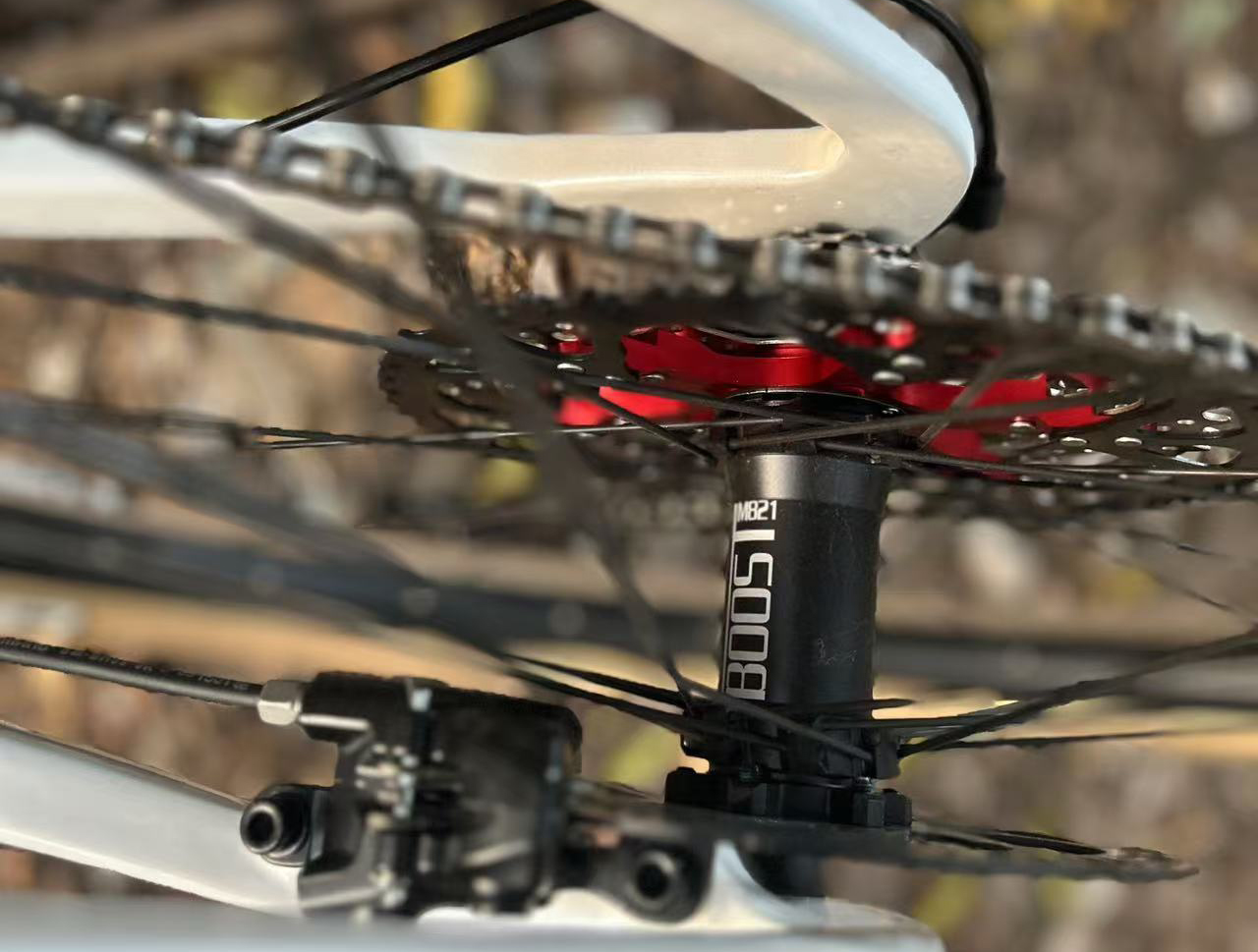
The Basics of a Bike Hub
A hub is the core part of a bicycle wheel, located at the center where the spokes connect. It houses the axle, bearings, and other mechanisms that allow the wheel to rotate freely. Hubs come in various types, including front hubs, rear hubs, and those designed for specific disciplines like road biking, mountain biking, or commuting.
Key Components of a Hub
1. Axle: The axle is the rod that runs through the hub, connecting it to the bike's frame or fork. It can be quick-release, thru-axle, or bolt-on, depending on the bike’s design.
2. Bearings: Bearings reduce friction between the hub and axle, enabling smooth rotation. They can be either loose ball bearings or sealed cartridge bearings.
3. Hub Shell: The outer shell is the part of the hub where the spokes attach. It’s typically made from lightweight materials like aluminum or carbon fiber.
4. Freehub or Freewheel: Found on the rear hub, this mechanism allows the wheel to spin independently of the pedals when coasting. Modern bikes usually feature a freehub, which integrates with the cassette.
Types of Hubs
- Front Hub: Simpler in design, the front hub connects to the fork and focuses on smooth rotation.
- Rear Hub: More complex, the rear hub includes the freehub or freewheel and is responsible for transferring power from the pedals to the wheel.
- Disc Brake Hub: Designed for bikes with disc brakes, these hubs have mounts for brake rotors.
- Internal Gear Hub: Found on some commuter bikes, these hubs contain gears inside the hub shell, offering a low-maintenance alternative to derailleurs.
Why Hubs Matter
A well-functioning hub is essential for a smooth, efficient ride. High-quality hubs reduce friction, improve power transfer, and enhance durability. They also play a role in wheel stiffness and overall bike performance. Whether you’re climbing hills, sprinting on flat roads, or navigating rough trails, a reliable hub ensures your wheels spin effortlessly.
Maintenance Tips
To keep your hubs in top condition, regularly check for play or grinding noises, which may indicate worn-out bearings. Clean and lubricate the hubs periodically, and consider professional servicing if you’re unsure about maintenance.
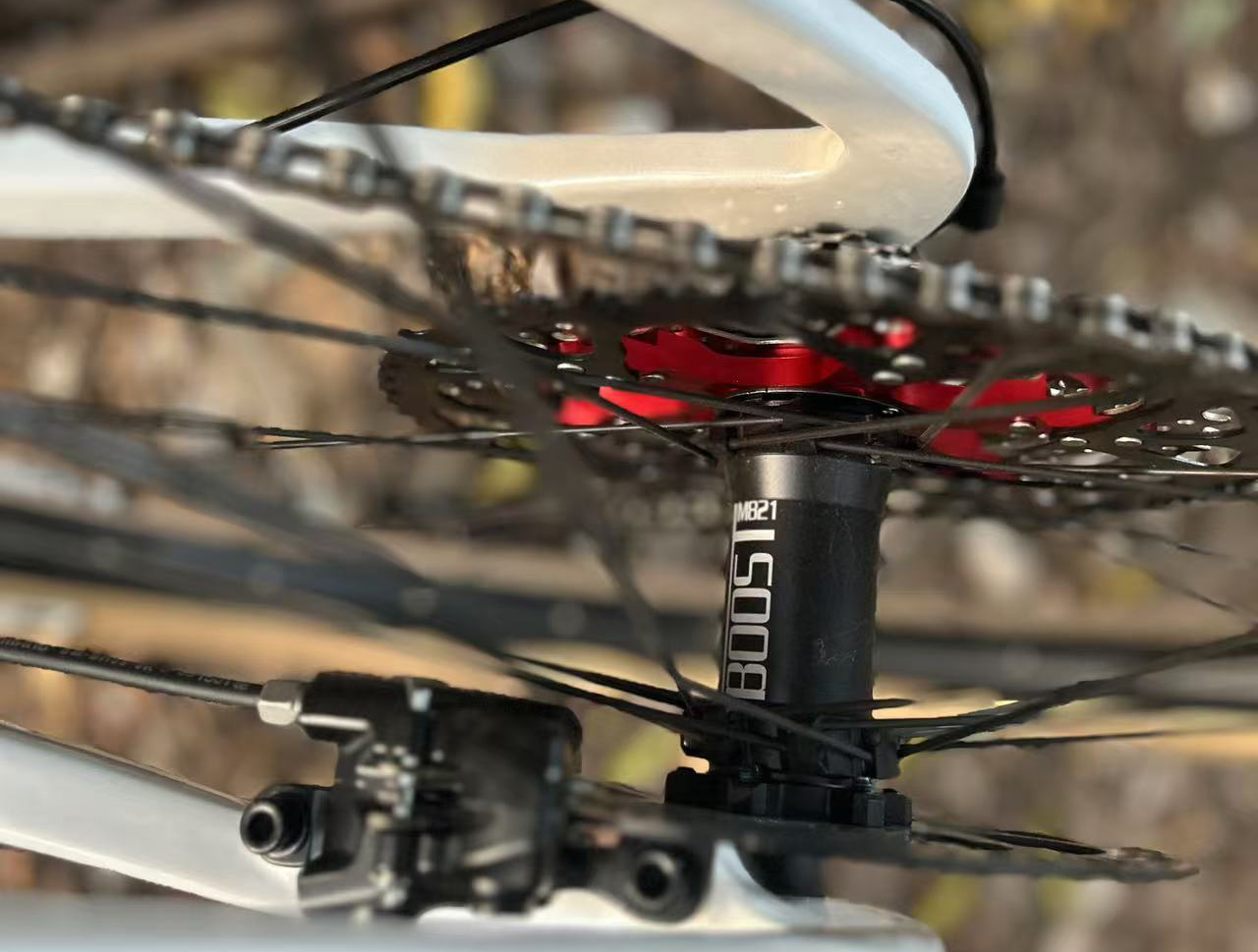
The hub is a small but vital part of your bike, ensuring smooth rotation and efficient power transfer. Understanding its role and keeping it well-maintained can significantly enhance your riding experience. Whether you’re a casual rider or a seasoned cyclist, a reliable hub is key to keeping your wheels—and your adventures—rolling smoothly.
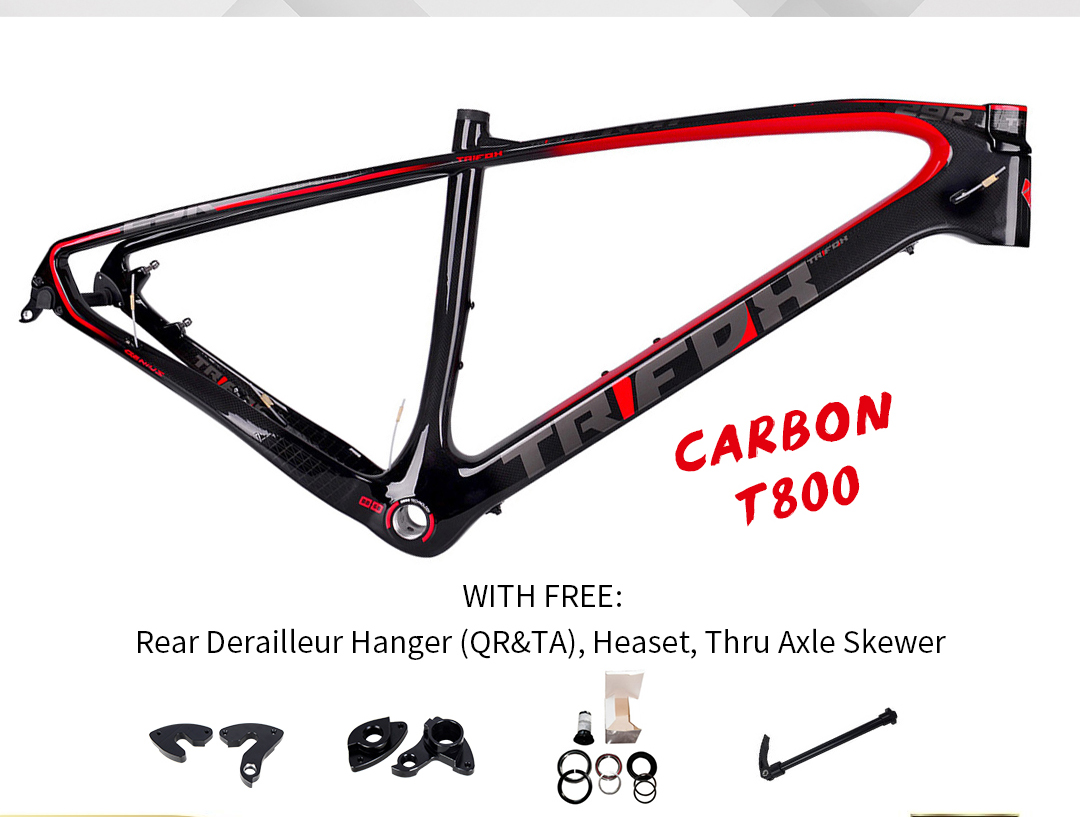
When it comes to mountain biking, the choice of bike can significantly impact your riding experience. Among the various options available, hardtail mountain bikes (MTBs) have carved out a unique niche. But what exactly are hardtail MTBs best for? Let’s dive into the world of hardtails and explore their strengths, ideal use cases, and why they might be the perfect choice for your next adventure.
What Is a Hardtail MTB?
A hardtail MTB is a type of mountain bike that features a front suspension fork but lacks rear suspension. This design makes it lighter, more efficient, and often more affordable than full-suspension bikes. The absence of rear suspension simplifies the bike’s construction, reducing maintenance and improving pedaling efficiency.
Best Uses for Hardtail MTBs
1. Cross-Country Riding
Hardtails excel in cross-country (XC) riding, where efficiency and speed are paramount. The rigid rear end ensures maximum power transfer from your pedals to the wheels, making it easier to climb hills and maintain momentum on flat trails. If you’re into long-distance rides or racing, a hardtail is a fantastic choice.
2. Climbing
Thanks to their lightweight design and efficient power transfer, hardtails are climbing machines. Without the added weight and energy loss of rear suspension, you can tackle steep ascents with less effort. This makes them ideal for riders who enjoy challenging climbs and technical uphill sections.
3. Smooth to Moderately Technical Trails
Hardtails perform exceptionally well on smooth or moderately technical trails. The front suspension absorbs bumps and obstacles, while the rigid rear end keeps the bike responsive and agile. If your local trails aren't overly rocky or root-filled, a hardtail will provide a fun and engaging ride.
4. Budget-Friendly Option
For riders on a budget, hardtails offer excellent value. They are generally more affordable than full-suspension bikes, both in terms of initial cost and maintenance. This makes them a great entry point for beginners or those looking to invest in a reliable bike without breaking the bank.
5. Versatility
Hardtails are incredibly versatile. They can handle a variety of terrains, from gravel paths to singletrack trails. Many riders also use hardtails for commuting or bikepacking, thanks to their efficiency and ability to accommodate racks and panniers.
6. Skill Development
Riding a hardtail can help you become a better mountain biker. The lack of rear suspension forces you to focus on line choice, balance, and technique. Over time, this can improve your overall riding skills, making you more confident and capable on any bike.
Why Choose a Carbon Hardtail?
If you're considering a hardtail, a carbon frame like those offered by Trifox Bike can take your riding to the next level. Carbon fiber is lightweight, strong, and provides excellent vibration damping, enhancing comfort and performance. A carbon hardtail combines the efficiency of a hardtail with the advanced technology of modern materials, making it a top choice for serious riders.
Conclusion
Hardtail MTBs are best for riders who value efficiency, simplicity, and versatility. Whether you’re tackling cross-country trails, climbing steep hills, or exploring new terrain, a hardtail can deliver an exhilarating and rewarding experience. And if you're looking for a high-performance option, a carbon hardtail from Trifox Bike is worth considering. So, if you're ready to hit the trails with a bike that’s both capable and fun, a hardtail might just be your perfect match. Happy riding!

There are endless ways to upgrade and customize a bike. Cool features like carbon fiber wheels, ceramic bearings, and oversized pulley wheels all cost a fortune.
Assuming you've already adjusted your bike to your body size and are happily racking up the miles on your new road or mountain bike, what should be your first upgrade in pursuit of performance?
The simple and correct answer is: tires.
Tires are often overlooked and underestimated as an upgrade. However, tires are the only part of a bike that comes in contact with the ground you ride on. They have a greater impact on the ride quality and performance of a bike than any other part.
This means that upgrading your bike’s original tires can significantly improve its performance, comfort, and safety. The reason for this is that most brands will skimp on tires in order to lower the pricing targets of their models, unless you buy the top-of-the-line bikes.
The good news is that the cheaper your bike is, the greater the potential benefit you'll get from a tire upgrade.
The most obvious way tires can improve performance is by making them lighter.

A little more complicated is that better tires improve performance through lower rolling resistance, which comes from internal friction or energy lost due to hysteresis.
High-end tires use better rubber compounds and more flexible tire casings to reduce these energy losses, which means that a bike with better tires will ride faster if the rider exerts the same amount of effort.
The actual improvement will vary depending on which tire you upgrade from. But the difference can be between 5 and 10 watts per tire.
Finally, better tires tend to have better grip performance, which is due to more advanced rubber compounds. Grip is somewhat difficult to quantify, and the best independent data set comes from Bike Rolling Resistance, which tests tires for rolling resistance, puncture resistance, and grip.
While some grippy tires don't fall into the high-end tire category, there is a correlation between price and how grippy a tire is. This means that for most riders, upgrading their stock tires can also improve grip and enhance safety.
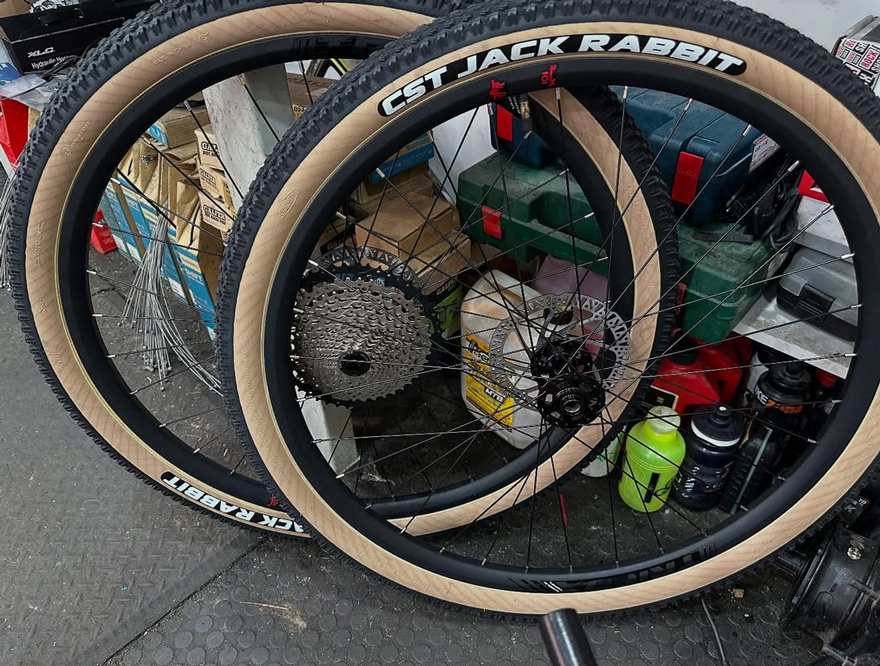
When it comes to choosing the right bike rims, one of the key decisions you’ll face is whether to go with hooked or hookless designs. Both options have their pros and cons, and the best choice depends on your riding style, tire preferences, and performance goals. Let’s break down the differences to help you decide which rim type is right for you.
What Are Hooked Rims?
Hooked rims feature a small lip or "hook" on the inner edge of the rim bed. This hook helps secure the tire bead in place, preventing it from slipping off under high pressure or during aggressive cornering. Hooked rims are the traditional design and are compatible with a wide range of clincher tires, making them a versatile choice for most cyclists.
What Are Hookless Rims?
Hookless rims, as the name suggests, lack the hooked lip. Instead, they have a straight, flat rim bed. This design relies on a precise fit between the tire and rim to keep the tire securely in place. Hookless rims are often lighter and stronger due to their simpler construction, but they require specific tires that are designed to work with hookless systems.
Key Differences
1. Tire Compatibility: Hooked rims work with most clincher tires, while hookless rims require tubeless tires specifically designed for hookless use.
2. Weight: Hookless rims are typically lighter, which can be a significant advantage for weight-conscious riders.
3. Durability: Hookless rims are often stronger and less prone to damage because they lack the stress points created by the hook.
4. Ease of Use: Hooked rims are generally easier to set up and maintain, especially for riders who frequently switch tires.
Which Is Right for You?
-Hooked Rims: Ideal for riders who value versatility, use a variety of tires, or prefer a more traditional setup. They’re also a safer choice for high-pressure applications.
-Hookless Rims: Best for performance-oriented cyclists who prioritize weight savings and strength. They’re particularly popular in mountain biking and gravel riding, where tubeless setups are common.
Ultimately, the choice between hooked and hookless rims comes down to your specific needs and preferences. If you’re unsure, consult with a bike specialist or consider the type of riding you do most often. Both designs have their place in the cycling world, and choosing the right one can enhance your ride quality and overall experience.

If you're a cycling enthusiast, you’ve probably heard the term "freehub" thrown around, but what exactly is it, and why does it matter for your ride? The freehub is a critical component of your bike’s rear wheel, responsible for allowing the wheel to spin freely when you stop pedaling while still engaging the drivetrain when you pedal forward. Understanding how it works and its impact on your ride can help you make informed decisions about maintenance and upgrades.
What Is a Freehub?
The freehub is the mechanism located at the center of your bike’s rear wheel hub. It consists of a splined body that holds the cassette (the cluster of gears) and an internal ratcheting system that allows the wheel to spin independently of the pedals when coasting. When you pedal, the ratchet engages, transferring power from the chain to the wheel and propelling you forward.
How Does It Work?
Inside the freehub, a set of pawls (small spring-loaded teeth) interact with a ratchet ring. When you pedal, the pawls lock into the ratchet ring, driving the wheel. When you stop pedaling, the pawls disengage, allowing the wheel to spin freely without moving the pedals. This seamless transition is what makes modern cycling so efficient and enjoyable.
Impact on Your Ride
1. Smooth Coasting: A well-functioning freehub ensures smooth coasting, allowing you to rest without losing momentum.
2. Power Transfer: High-quality freehubs with precise engagement points improve power transfer, making your pedaling more efficient.
3. Durability: The materials and design of the freehub affect its longevity. Premium models, like those from Trifox Bike, are built to withstand heavy use and harsh conditions.
4. Maintenance: Regular cleaning and lubrication of the freehub are essential to prevent wear and ensure consistent performance.
Choosing the Right Freehub
When selecting a freehub, consider compatibility with your drivetrain, the number of pawls (more pawls mean faster engagement), and the material (steel or titanium for durability). Upgrading to a high-performance freehub, like those offered by Trifox Bike, can significantly enhance your riding experience.
In conclusion, the freehub is a small but mighty component that plays a crucial role in your bike’s performance. By understanding its function and maintaining it properly, you can enjoy smoother, more efficient rides for years to come.

























































